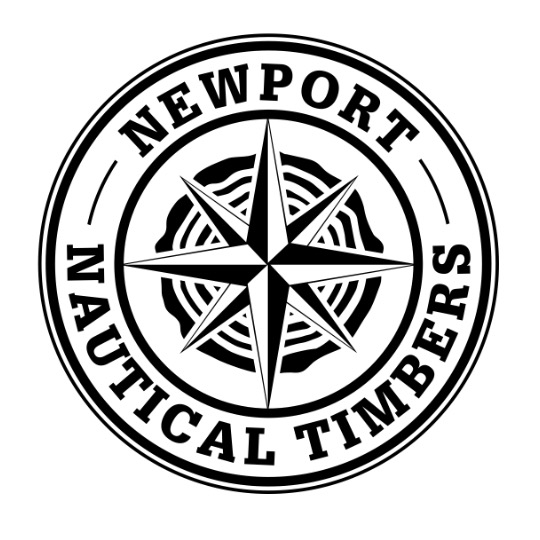Western Red Cedar
Color/Appearance: Western Redcedar is typically reddish to pinkish brown, often with random streaks and bands of darker red/brown areas.
Grain/Texture: Has a straight grain and a medium to coarse texture.
Endgrain: Resin canals absent; earlywood to latewood transition usually abrupt (or gradual if growth rings are widely spaced), color contrast medium-high; tracheid diameter medium to medium-large.
Rot Resistance: Western Redcedar has been rated as durable to very durable in regard to decay resistance, though it is not resistant to insect attack.
Workability: Easy to work with both hand or machine tools, though it dents and scratches very easily due to its softness. Glues and finishes well, though as is the case with most softwoods with closed pores, even staining can be a challenge.
Odor: Western Redcedar has a strong, aromatic scent when being worked.
Sustainability: This wood species is not listed in the CITES Appendices, and is reported by the IUCN as being a species of least concern.
Common Uses: Shingles, exterior siding and lumber, boatbuilding, boxes, crates, and musical instruments.
Comments: Western Redcedar is a commercially important lumber, used in a number of applications ranging from rough-sawn lumber for use in home construction to clear quartersawn material for classical guitar soundboards.



